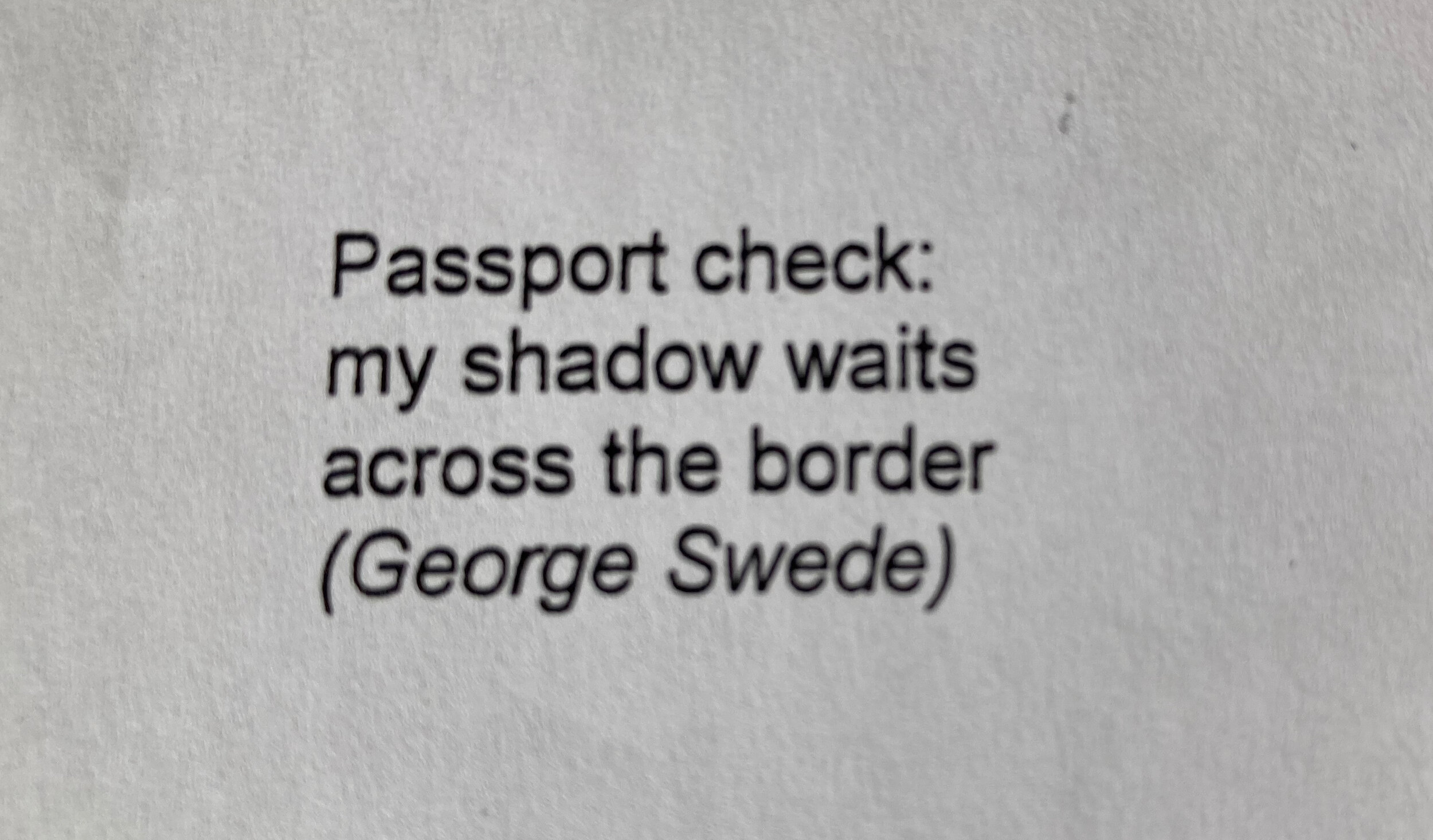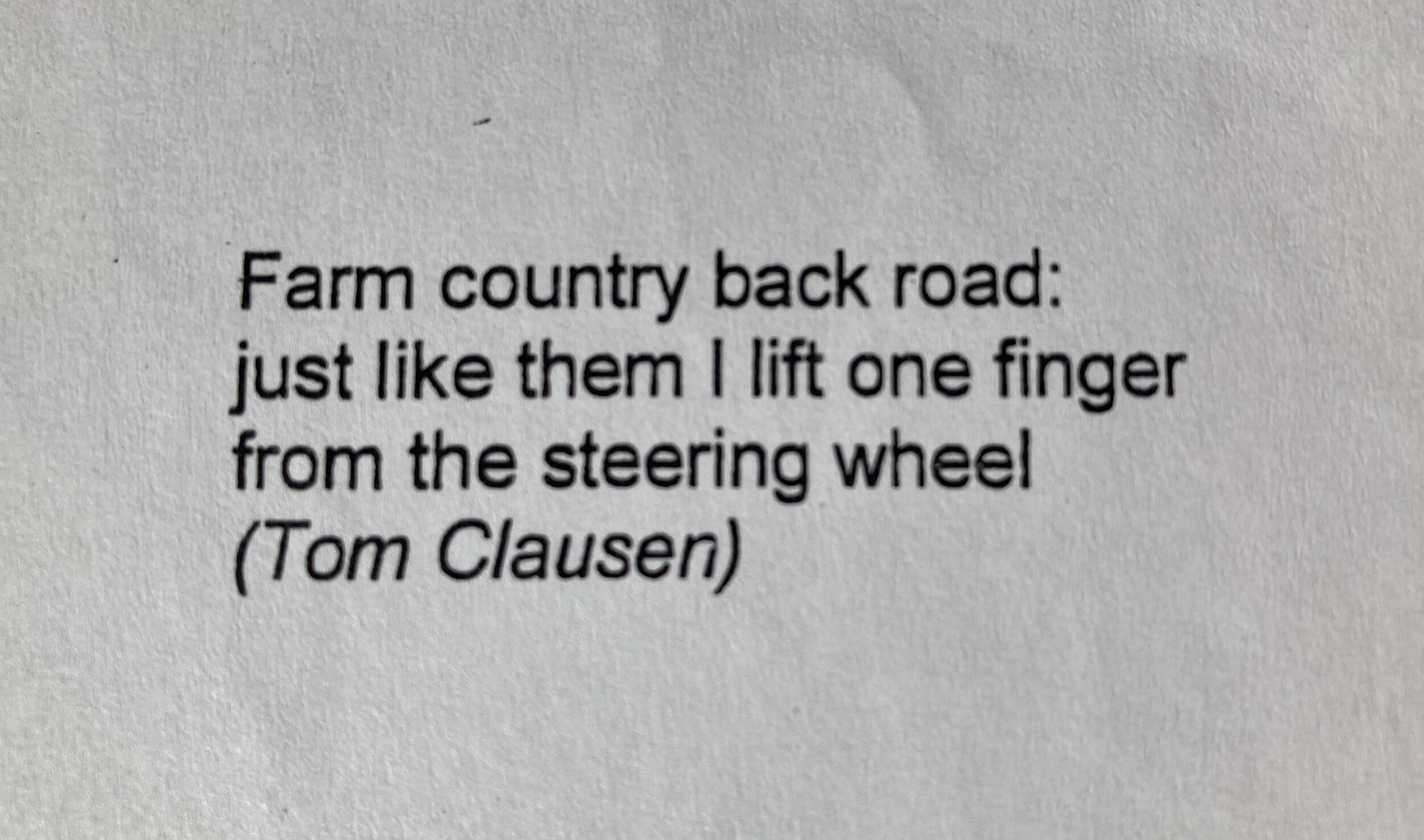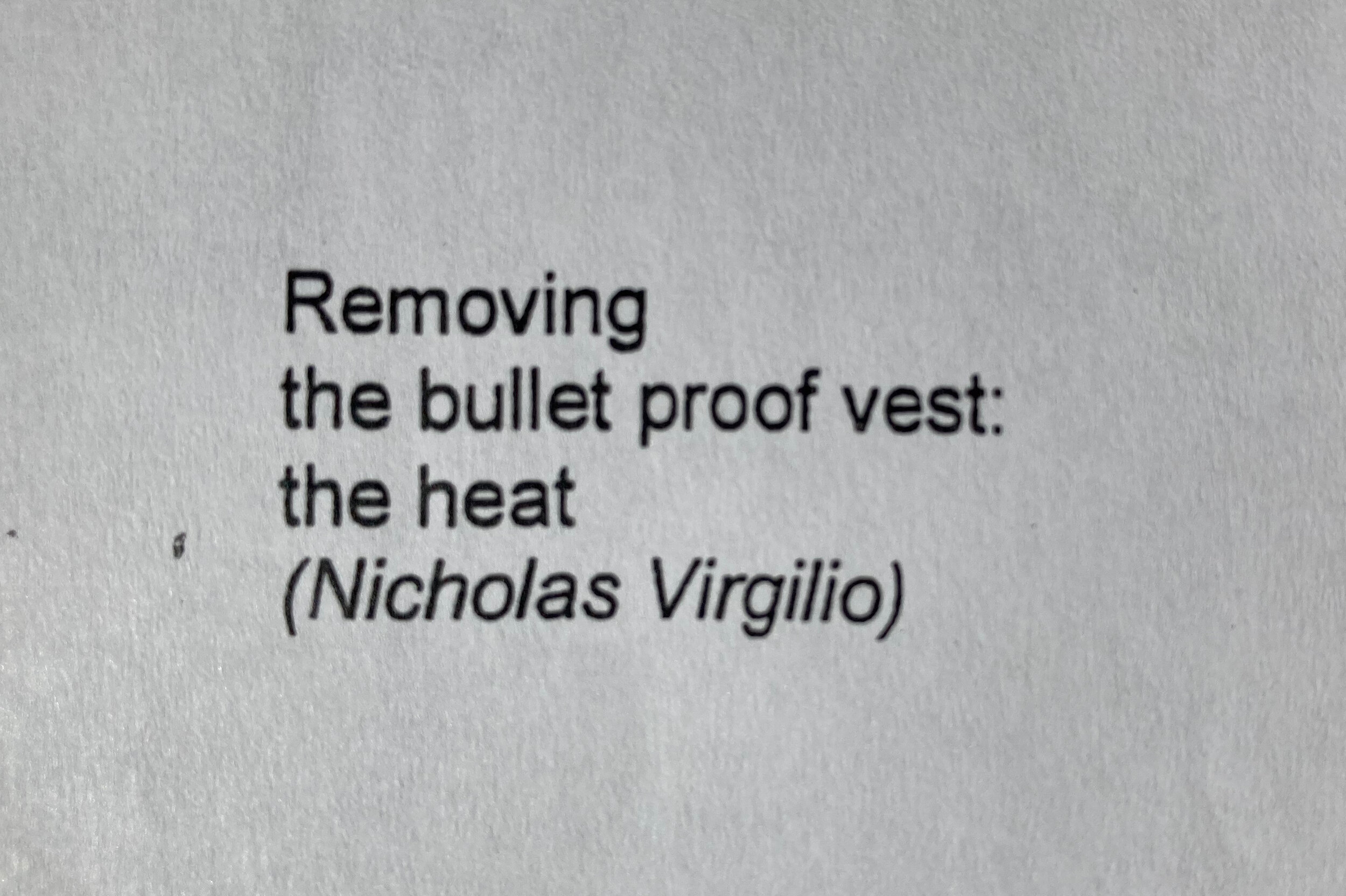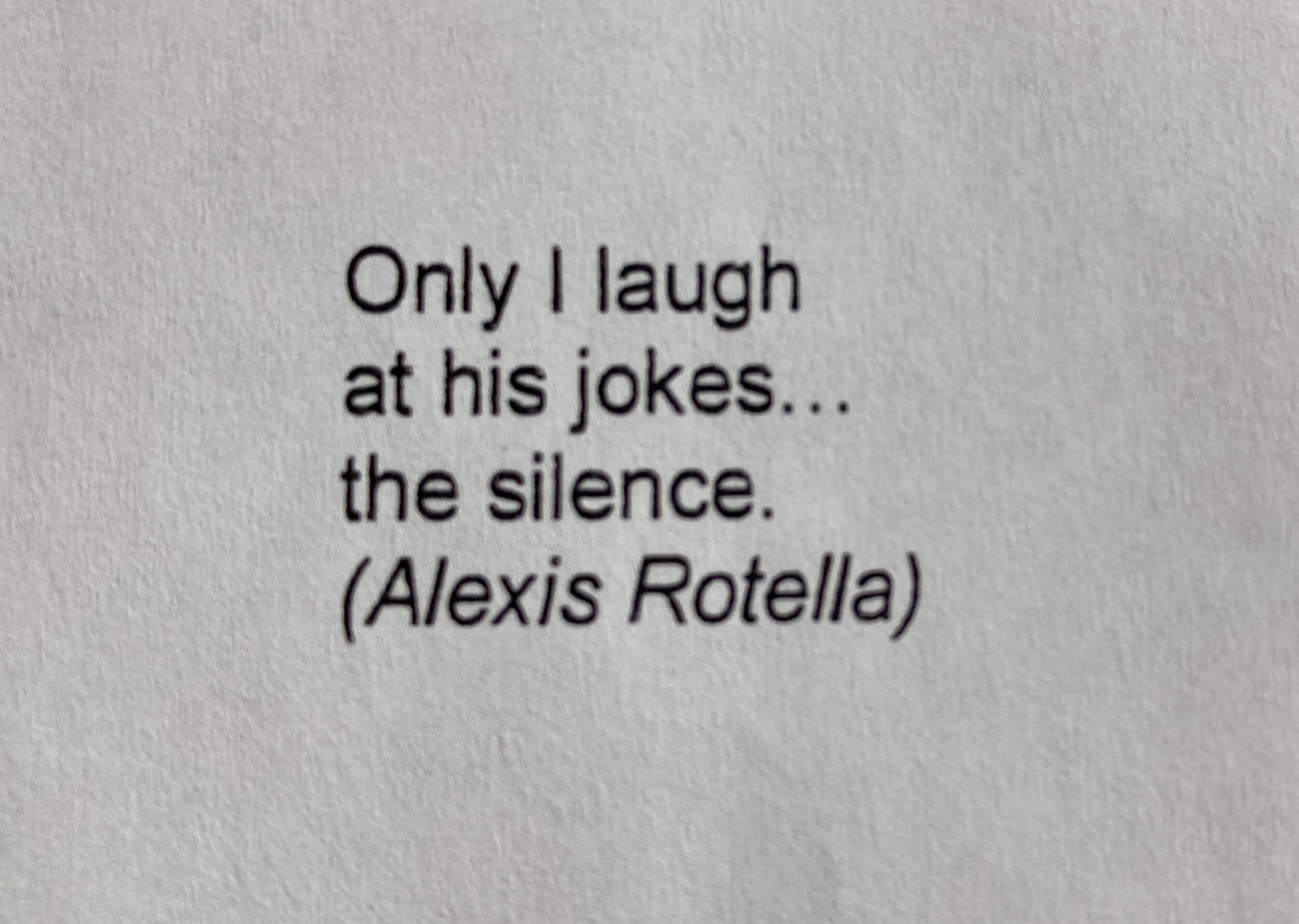Session 3
Story and
Mental Imagery
Welcome to session 3
In this session we will have a look at story and mental imagery.
Please start with the Welcome video.
As in the last few session, you can do this in your own time, a bit here and a bit there. However, as in session 2, I only created one questionnaire that will cover question about all the exercises and session. If you need to submit the questionnaire several times, that is not a problem.
The session has 3 video, 5 audios, 2 sets of creative writing exercises and 1 questionnaire.
WELCOME VIDEO
Adding Story
Remember back in session 1, you listened to 3 different environments and we practiced conscious walking within them.
I am going to play you the same sounds but this time, I have added a bit of story context.
Time to get your headphones out again and sit upright in a chair with your feet flat on the ground.
See if you can practice the conscious walking and movements whilst listening to the audio. Feeling the movements in your minds eye.
Audio 1 is about 10 minutes long
AUDIO 1
AUDIO 2
Here is the audio from session 1 again, if you want to compare. This audio is just over 11 minutes.
Questions 4 to 7 of the questionnaire relates to Audio 1 and 2.
Storytelling minds
Our minds are experts in filling in the gaps making sense of things. From just a few words we can make up a whole scenario. I shall show you what I mean by a Haiku exercise. A Haiku is a short form of poetry and can be very evocative.
Step 1
Have a look at the haiku’s below and see if you can imagine what the story is.
Who is thinking the words?
Where are they?
Where are they going and where did they come from?
By answering these questions you have started to create a story. Because haikus are such extraordinary potent poetry, most stories we come up with based on the haikus have dramatic action. By that we mean a character who is on their way somewhere and for a specific reason that is important to them.
When I do this exercise in creative writing classes, I am amazed at the different stories and scenarios the participants come up with. Every single one is unique, vivid and full of drama. What stories does your mind conjure up?





Step 2
The next thing is to imagine that you are there? In the world of the story you just imagined. Using the skills we have developed adding sensory details, and how it feels to stand at a border check, to drive a car, to wear a bullet proof vest and to walk in thick fog or be in an awkward social situation. Can you imagine the world you created from a first person perspective?
CREATIVE WRITING EXERCISE
A final exercise is to write one yourself.
The short poem should try to hint at a location, a situation, an interaction and an atmosphere.
Have a go. Can you capture a moment in your day in a short haiku?
You don’t need to worry about the rules of a haiku. We are just flexing our story muscles.
If you want to share any haiku’s I have added a space for that in this session’s questionnaire.
Practicing Mental and Motor Imagery
Learning from athletes and musicians, here are some tips of how to build your mental and motor imagery skills:
1) Observe the movement or action you want to focus on. It can be walking, doing things with your hands or even talking and speaking. Observe the details and sequence of the muscular and bodily movement of that action and what your body feels like.
2) Add other sensory details:
Visuals from your own 1st person perspective
Sounds
Smells
Touch
3) Re-enact it in your minds eye making no movement.
4) Reflect on how it went. Which senses were strong, which were less strong.
5) Re-enact it again with specific focus on the areas that were not as strong as the others.
Creative writing exercises. Remember you can do these without actually writing things down. You can say it out loud to yourself as you ‘compose’ the sentences.
For these exercises, focus on how the action felt in your body before the onset of your Parkinson’s. That sensory information is part of your past experiences and is in your memory bank.
3 SCENARIOS
1) From a first person perspective, think through and describe what it feels like to write a letter using pen and paper. Imagine the person you are writing to, why the letter is important and how the pen feels in your hand, and what it feels like in your hand as the words are formed on the page.
2) From a first person perspective think through and describe what it feels like when you are singing. Imagine a context in which you are singing, how you feel about it and how it feels in your body.
3) From a first person perspective think through and describe what it feels like to dance. Imagine where and with who you are dancing, what music is playing and how it feels in your body to dance to that music.
After imagining the scenarios above. Re-enact them in your minds eye. Each time focus on one particular layer of sensory detail: sound, movement, smell, touch and sight.
Traditional narratives
In these last 3 audios, I am using traditional narrative techniques telling the story from the 1st, 2nd and 3rd person’s perspective. They are all characters part of their own story.
1) The Detective - 1st person perspective.
2) The Architect - 3rd person perspective
3) The Conductor - 2nd person perspective
You might not find any difference between them and that is also very valid for me to know.
Each audio is less than 2.5 minutes each and the questions are in the questionnaire below.
AUDIO 3 - The Detective
AUDIO 4 - The Architect
AUDIO 5 - The Conductor
Session 3 Questionnaire
Please share your thoughts and reflections in the below questionnaire:
Questions 1-3 - is about you and story
Question 4 - 7 relates to Audio 1 and 2
Question 8 provides a space to share your haiku
Question 9 - 11 relates to Audio 3, 4 and 5
Thank you for participating!
Until next time…


